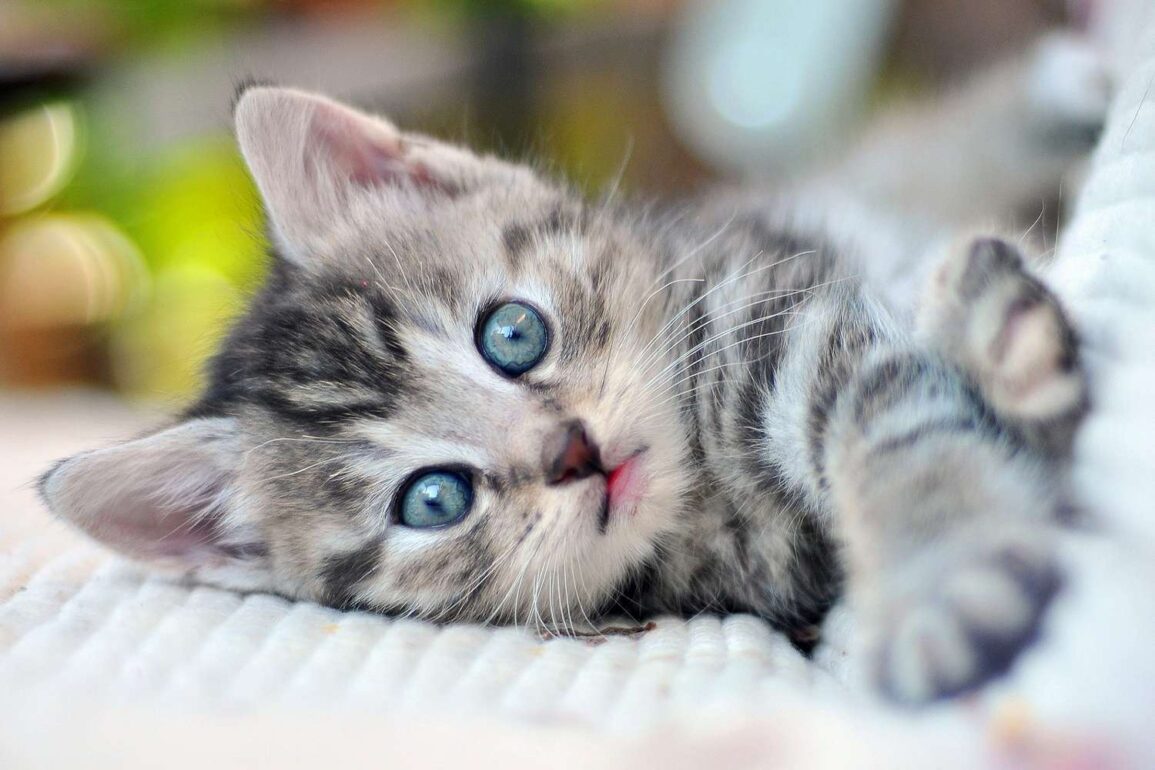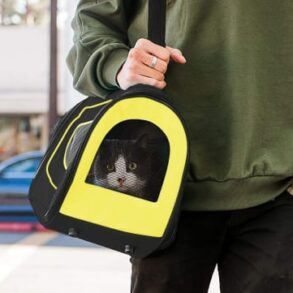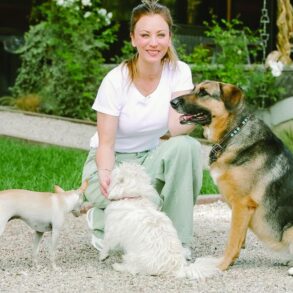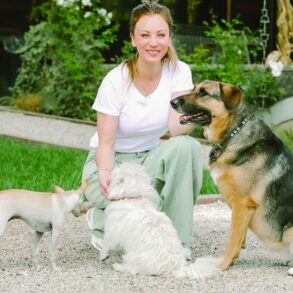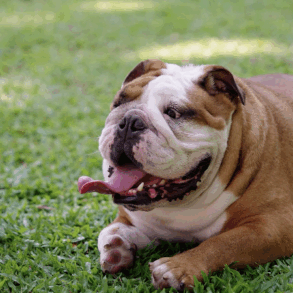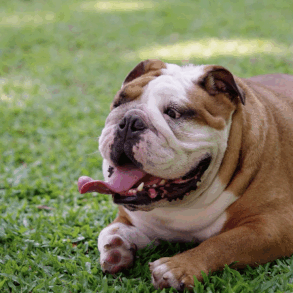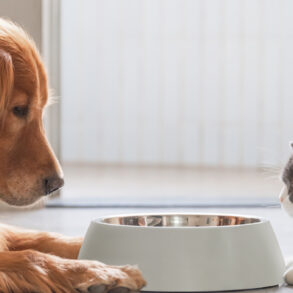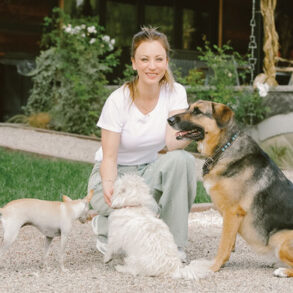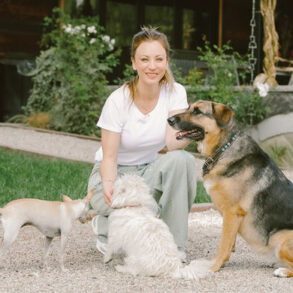
Adding a new kitten to your family is an exciting time, and caring for a kitten as they become an adult can be an incredibly rewarding bonding experience. Kittens, especially newborns, need special care and it’s important to know when to introduce solid foods and when to schedule vaccines. Use these kitten care tips to keep your pet happy and healthy throughout their first year.
How To Care for a Newborn Kitten
A mother cat will provide everything a young kitten needs until he is about four weeks of age. All you need to do is keep the mama and her babies warm and dry in a dark, private location. However, sometimes the mother of a baby kitten is not around or unable to care for her little ones. If that’s the case, you’ll need to help keep the kitten(s) warm and fed.
One of the most important things you can do to keep a kitten alive in his first few hours is to keep the kitten warm. If a young kitten has cold ears, lips, and paws, slowly raise his body temperature by wrapping him in a blanket and holding him close to your body. Once he warms up, you can begin feeding him a milk replacer formulated for kittens.
Love On Your New Kitten
Every interaction you have with your new kitten helps socialize him, says Carlene Strandell, Director and Founder of Smitten with Kittens. This non-profit, foster-based kitten rescue operates in Tallahassee, Fla. “Hold your kitten, play with [him], interact with [him],” she says. And consider adopting multiple cats so your kitten has a friend. “Two kittens are better than one,” says Standell. “Kittens don’t like being alone. They love companionship,” she says. “We encourage people to adopt two.”
How To Care for a Kitten at 4 Weeks
Most kittens begin to eat solid food between four and five weeks old. The mama cat (or you) will still be nursing the kittens, but it’s time to start weaning them onto solid food. Mix a little canned cat food formulated for kittens with the formula and try serving it on a tablespoon or in a very shallow dish. You may need to encourage your kitten to eat by rubbing a little on his lips, but he should catch on quickly. Also, have a very shallow dish of clean water available at all times. This is also a good time to add a litter box with low walls to the kitten area so these little guys can get used to climbing in and out on their own.
How To Care For a Kitten at 6–8 Weeks
By the time your kitten is 6 weeks old, he should be eating both dry and wet food. At this age, your kittens should also be started on vaccinations to prevent them from diseases like feline distemper, feline herpes, calicivirus, and ultimately rabies. Shots are repeated every 3–4 weeks until the kitten is four months old.
How To Care For a Kitten from 8 Weeks to 6 Months Old
By now, your kitten will closely resemble an adult cat, but you should still feed him food formulated for kittens. Eight weeks is also a great age to get your kitten used to having his nails trimmed, using a scratching post, bathing, grooming, and traveling in a carrier to the veterinarian’s office. The more experiences you introduce to a kitten at a young age, the better.
Caring for Your Kitten’s Hygiene
Kittens are generally kept clean by their mothers. And once they are weaned, they are fairly fastidious. But if they are overzealous eaters, you can wipe off their faces with a fragrance-free wet wipe. And if they’ve gotten into something really messy, you can give them a bath, but we can’t promise they’ll like it.
Essential Gear For Kitten Care
Kittens don’t need a lot of gear to keep them happy. They are pretty self-entertaining, but there are a few essential cat supplies you should have on hand.
- Litter Box and Scoop: Litter boxes come in a wide variety of styles and sizes, so pick one that works for you and your kitten. The general rule is that you should have one litter box per cat plus one more. For example, if you have two cats, you should have three litter boxes. Multiple litter boxes prevent accidents in the home. You’ll need to make sure you clean the litter box daily, scooping out solids and disposing of them to ensure your kitten stays healthy. And while litter boxes aren’t always the most lovely to look at, there are modern litter boxes that blend in beautifully with existing home decor.
- Bowls: You’ll need two sets of food and water bowls. This way, you can put one set in the dishwasher every day to sterilize them while the other set is in use. If you are often traveling or gone from home during feeding time, an automatic cat feeder can also be helpful to ensure your cat maintains a consistent, healthy diet.
- Brushes and Combs: Cat brushes are essential, particularly if you have a long-haired kitten. Even short-haired cats require frequent brushing to remove dead and loose hair.
- Scratching Post: All cats need to scratch to keep their claws in ideal condition. To prevent destructive scratching, you should have at least one sturdy scratching post located in an area your cat frequents the most. You can even try making one yourself.
- Toys: Although most cats are content playing in an empty cardboard box, having a variety of toys will keep your pet stimulated. Avoid any toys with small parts that could be accidentally swallowed by your pet. You might also want to rotate your pet’s toys so he doesn’t get bored.
This post was originally published on this site be sure to check out more of their content.




